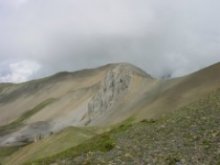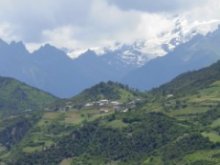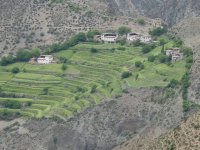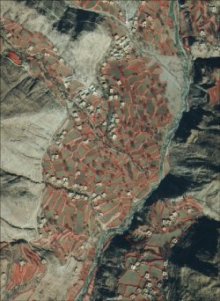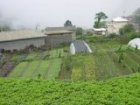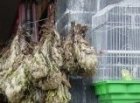 |
QUICK SEARCH
MO PROJECTS:
Africa
Asia/Pacific
Mesoamerica
North America
South America
General Taxonomy
Photo Essays
Training in Latin
America
MO RESEARCH:
Wm. L. Brown Center
Bryology
GIS
Graduate Studies
Research Experiences
for Undergraduates
Imaging Lab
Library
MBG Press
Publications
Climate Change
Catalog Fossil Plants
MO DATABASES:
W³MOST
Image Index
Rare Books
Angiosperm
Phylogeny
Res Botanica
All Databases
INFORMATION:
What's New?
People at MO
Visitor's Guide
Herbarium
Jobs & Fellowships
Symposium
Research Links
Site Map
Search
Ethnobotanical Plant Conservation
Kawagebo Mountain, NW Yunnan
Kawagebo Mountain, NW Yunnan
|
The Missouri Botanical Garden (MBG) is conducting research on the useful plants near six villages in the Eastern Himalayan region of Menri or Medicine Mountains in Yunnan, China. The Menri Range of NW Yunnan is of global importance for its alpine and subalpine biodiversity, endemism, and variation, both genetic and environmental. Two major issues this project attempts to study are successful indigenous management of biodiversity and threats and mitigation of threats to biodiversity posed by over harvesting of useful plant resources. At present this project includes seven distinct studies:
As part of the land-use systems management study MBG botanists in collaboration
with
The Nature Conservancy(TNC), Tibetan doctors, and local villagers, will use
Geographical Information Systems (GIS) technology to create land-use maps to document
indigenous systems of biodiversity management. This part of the study was developed
in conjunction with
Ford Foundationís capacity building program.
MBG principal staff for this project includes
Jan Salick, Curator of Ethnobotany, Bee Gunn,
Senior Herbarium Asst. (Ford Project Training Coordinator),
Anthony Amend,
Ethnobotanist (Senior Herbarium Asst.), and Trish Distler, GIS Analyst.
|
|||||||||
© 1995-2025 Missouri Botanical Garden, All Rights Reserved
4344 Shaw Blvd.
St. Louis, MO 63110
(314) 577-5100
Technical Support
